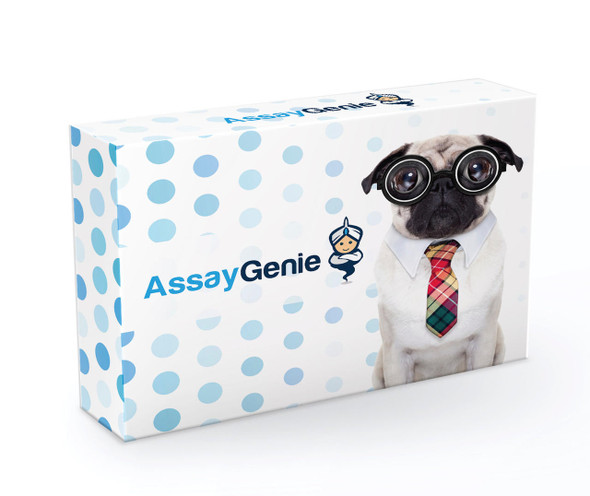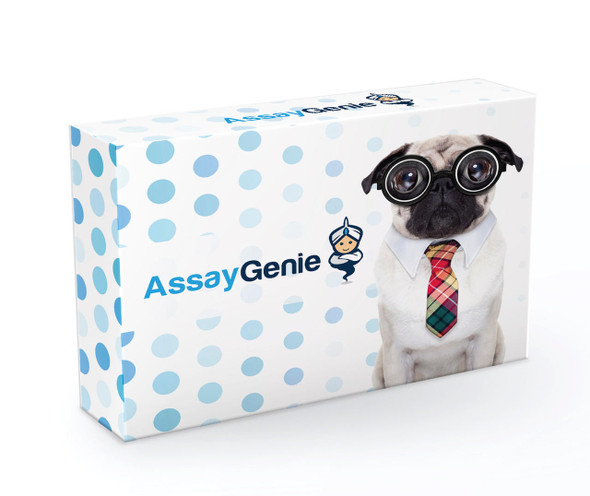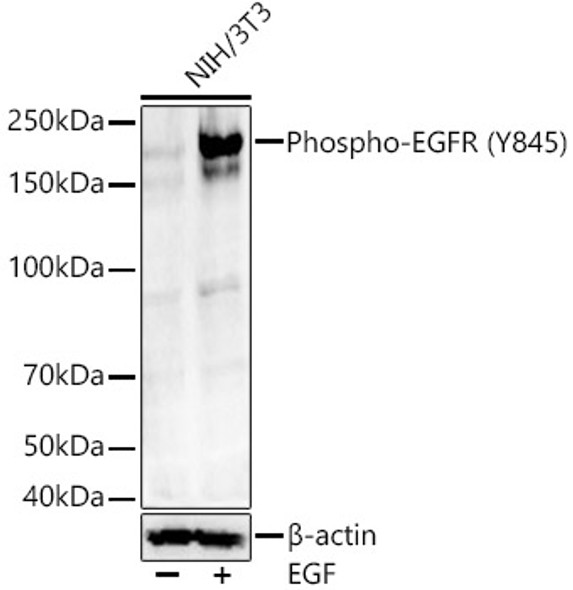Description
system_update_alt Datasheet
| Product Name: | EGFR Antibody |
| Product Sku: | CPAB0105 |
| Size: | 5μg |
| Host Species: | Mouse |
| Immunogen: | Anti-human EGFR mAb, is derived from hybridization of mouse FO myeloma cells with spleen cells from BALB/c mice immunized with recombinant human EGFR amino acids 424-65 purified from Ecoli. |
| Clone: | PAT6E3AT. |
| Reactivity: | Human |
| Applications: | Western Blot, ELISA |
| Purification Method: | EGFR antibody was purified from mouse ascitic fluids by protein-G affinity chromatography. |
| Isotype: | IgG2b |
| Background: | The epidermal growth factor receptor (EGF R) subfamily of receptor tyrosine kinases comprises four members: EGF R (also known as HER1, ErbB1 or ErbB), ErbB2 (Neu, HER-2), ErbB3 (HER-3), and ErbB4 (HER-4). All family members are type I transmembrane glycoprotein that has an extracellular domain which contains two cysteine-rich domains separated by a spacer region that is involved in ligand-binding, and a cytoplasmic domain which has a membrane-proximal tyrosine kinase domain and a C-terminal tail with multiple tyrosine autophosphorylation sites. The human EGF R gene encodes a 1210 amino acid (aa) residue precursor with a 24 aa putative signal peptide, a 621 aa extracellular domain, a 23 aa transmembrane domain, and a 542 aa cytoplasmic domain. EGF R has been shown to bind a subset of the EGF family ligands. Ligand binding induces EGF R homodimerization as well as heterdimerization with ErbB2, resulting in kinase activation, tyrosine phosphorylation and cell signaling. EGF R signaling has been shown to regulate multiple biological functions including cell proliferation, differentiation, motility and apoptosis. In addition, EGF R signaling has also been shown to play a role in carcinogenesis. |
| Synonyms: | Epidermal growth factor receptor, EC 2.7.10.1, Receptor tyrosine-protein kinase ErbB-1, ERBB, mENA, ERBB1, EGFR. |
| Storage Buffer: | For periods up to 1 month store at 4°C, for longer periods of time, store at -20°C. Prevent freeze thaw cycles. |

![EGFR Monoclonal Antibody [PAT6E3AT] (CPAB0105) EGFR Monoclonal Antibody [PAT6E3AT] (CPAB0105)](https://cdn11.bigcommerce.com/s-rd6ounxcu2/images/stencil/608x608/products/58331/63513/egfr-monoclonal-antibody-pat6e3at-cpab0105__57874__62762.1706534974.jpg?c=1)




